‘Alone in the Dark’ (2024) Review: A Step In The Right Direction

It’s been over 30 years since the release of the original 1992 survival horror classic, Alone in the Dark. Since then, the series has experienced a myriad of sequels and spin-offs, each one attempting (and largely failing) to capture the magic of the original. Stepping up to bat on modern consoles on March 20 is the latest entry in the series from developer Pieces Interactive and publisher THQ Nordic.
Rather than structure itself as a sequel or remake, 2024’s Alone in the Dark presents itself as a reimagining of the original. It’s close enough to the first game for fans of the original to appreciate but unique enough to give both new and returning players a good reason to pay Derceto Manor a timely (or should I say, untimely) visit.
Presenting itself as a reimagining is a clever idea that produces mostly decent results. Sadly, it’s one that also creates a pervasive feeling throughout that it isn’t entirely certain of the direction it wants to head in, nor is it confident in the type of story it wants to tell. If you can get past things like the game’s narrative confusion and uninspired combat, the newest Alone in the Dark title gets closer to the heights of the original than many of the games that came before it. Especially more recent entries like Alone in the Dark: Illumination and 2008’s Alone in the Dark.
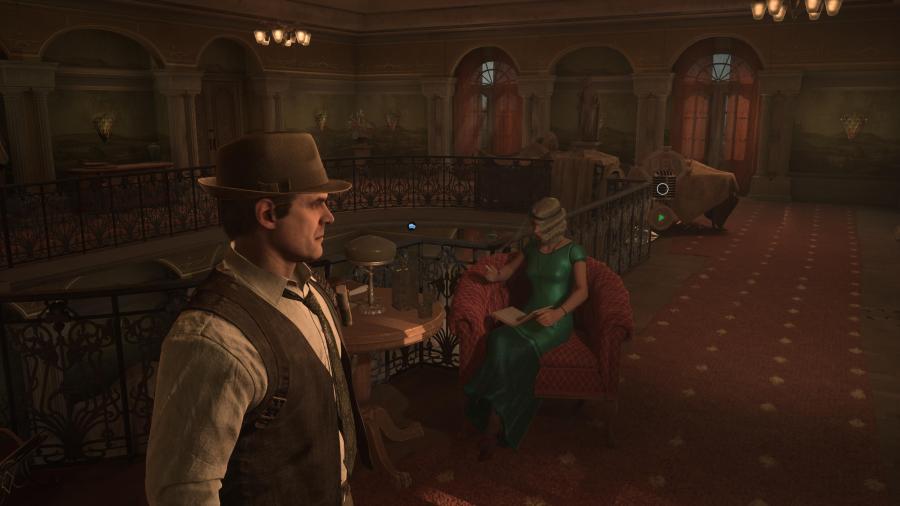
Also Read: ‘Kill Your Lover’ Glasgow Film Festival Review: Fascinating But Flawed Relationship Horror
The reimagined Alone in the Dark once again takes place in 1920s Louisiana within the spooky halls of Derceto Manor. This time, the Manor serves as a hospital for the mentally ill under the guidance of the mysterious Dr. Gray. Like the original, both Edward Carnby and Emily Hartwood return, with players having the option to play as either. Breathing new life into these characters is actor David Harbour (Hopper in Stranger Things, and Santa in Violent Night) as Edward Carnby, and Jodie Comer (Villanelle in Killing Eve).
As an added bonus, in the game’s Extras section, you can swap the elegantly mo-capped Harbour and Comer for the original 1992 character models. While it looks silly and out of place, it’s hard not to appreciate the cheeky campiness it adds to the explorations of the graphically improved Derceto Manor. Speaking of the graphics, they are noteworthy, with gorgeous lighting, a diverse array of areas to explore (not just within Derceto), and solid sound design to match the items you interact with.
Also Read: ‘In Flames’ Glasgow Film Festival Review: An Uneven Look At Patriarchy and Family
For my first playthrough, I went with David Harbour’s Edward Carnby. I have to start by giving Harbour credit, as you can tell he’s doing his best to deliver lines of awkward, poorly-written dialogue. For example, his overly casual responses to things that should elicit more of an emotional reaction, like when he learns more about Grace’s backstory—dampening the emotional impact such moments could have had. It almost feels like Carnby is giving a verbal shrug of the shoulders—a sort of “meh” to things that don’t feel appropriate to say “meh” to. There’s also little deviation from this approach, making it both bland and one-note.
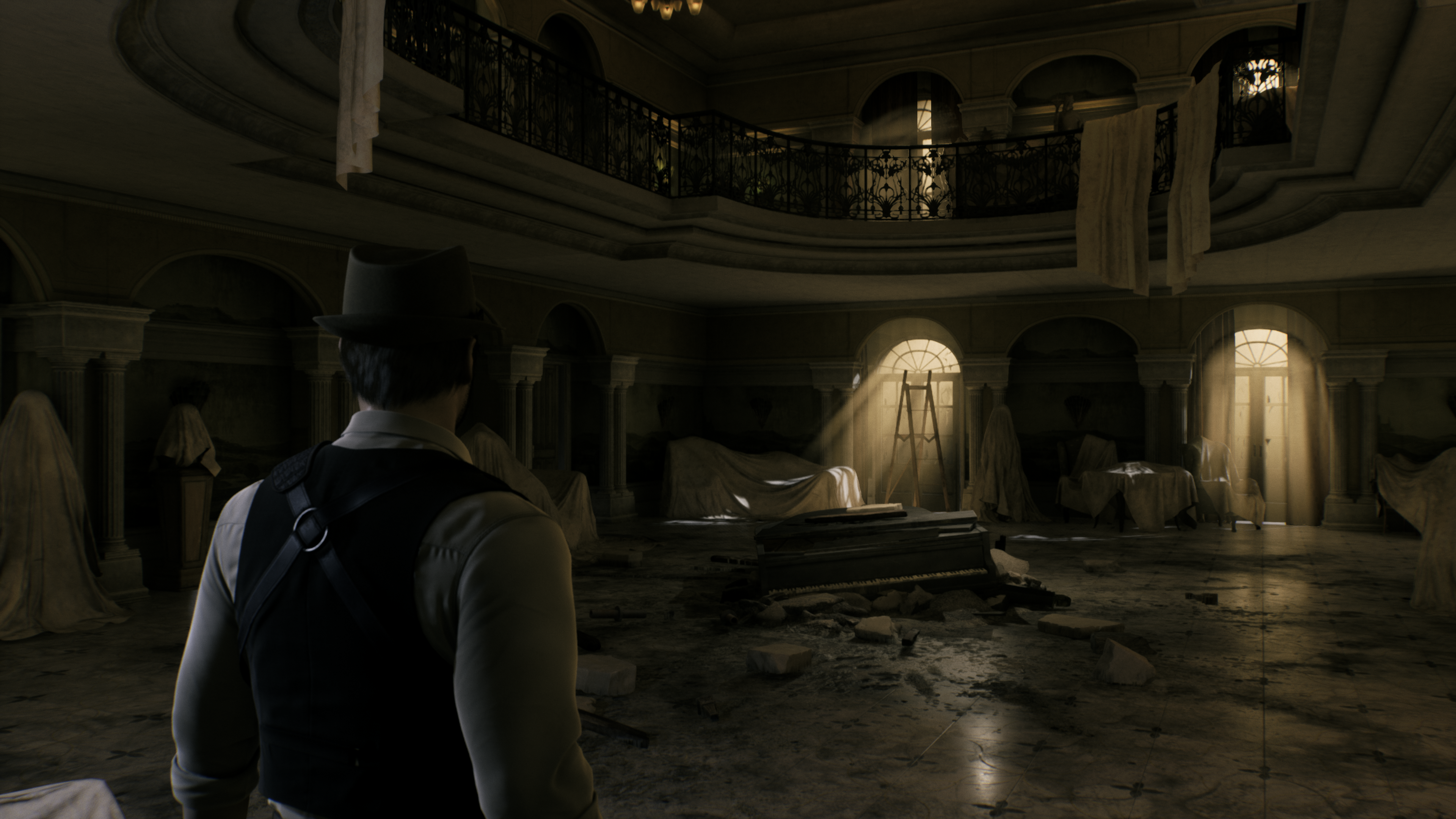
Carnby’s arc is the more confusing of the two character stories, which makes some sense given he’s not blood-related to Jeremy Hartwood like Emily is. However, it doesn’t do the player any favors hiding the bulk of Alone in the Dark’s necessary exposition within Emily’s arc, as most of the characters at Derceto are more willing to talk to her than they are to an outsider like Carnby. With this in mind, I highly recommend starting 2024’s Alone in the Dark with Emily and saving Carnby for your second playthrough.
In terms of my second playthrough, I went back in with Emily Hartwood and was immediately impressed by the way her character is presented, thanks to Jodie Comer’s more well-rounded performance. Playing as Emily instead of Edward made for a significantly better game experience. The writing and dialogue are better, her interactions with other characters at Derceto have more depth (especially conversations with Dr. Gray), and her reactions to the horrors around her feel more authentic.
Also Read: ‘Hood Witch’ SXSW 2024 Review: A Disappointing Tale About Modern Magic
Even the explorations of mental health topics are handled better through Emily’s arc, given her family’s history and her ties to the story’s catalyst, Jeremy Hartwood, as his niece. Changing things around a bit from the 1992 original, which follows Jeremy’s suicide, 2024’s Alone in the Dark gives Jeremy more time and attention by having him be alive, albeit inexplicably missing. This makes the reasoning behind Emily and Edward’s presence at Derceto more understandable, which I appreciated.
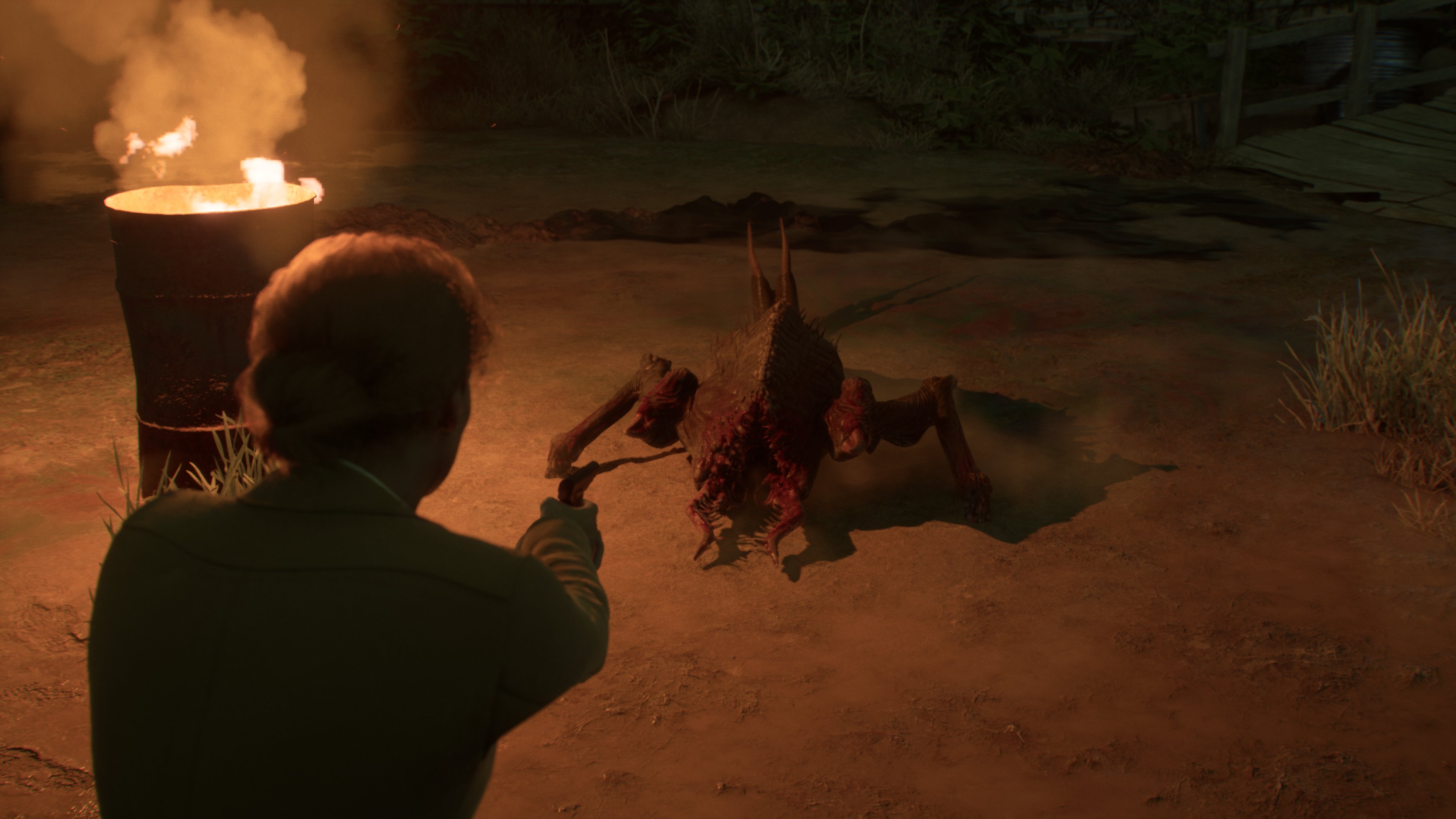
Carnby isn’t invited to Derceto by a random antique dealer, nor is his initial objective as dull as investigating a piano (though there’s a nice callback to this in the new game). Instead, he’s hired by Emily to act as a sort of bodyguard and source of moral support. However, this feels a tad unnecessary after you experience the game as both characters. This is because the two rarely run into one another and never directly help one another. Even when you’re playing as Emily, you’re still given access to guns like the Pistol and Shotgun to help you fend off monsters. She also enjoys the same “drink alcohol to heal” mechanic as Carnby.
The latter doesn’t fit Emily’s character very well, especially after playing through Carnby’s arc, as his penchant for drinking is called explicitly into question. For Emily, her backstory is tied more to her family’s history of madness and love life drama, with characters like Dr. Gray calling her a “spinster” and the game opening with her having a peculiar ring in her possession despite her insisting on being called Miss Hartwood whenever she’s referred to as Mrs. Marcus.
Also Read: ‘Civil War’ SXSW 2024 Review: Alex Garland Delivers One of the Best War Movies Ever Made
To appreciate what Alone in the Dark is doing, you really have to take the time to play through both Edward and Emily’s arcs, read through all of the items you pick up, and dig deeper into the collectible Lagniappes. By the way, this requires you to play as both characters to collect them all. It’s a lot of work for little payoff, outside of better understanding what in the Lovecraftian hell is going on.
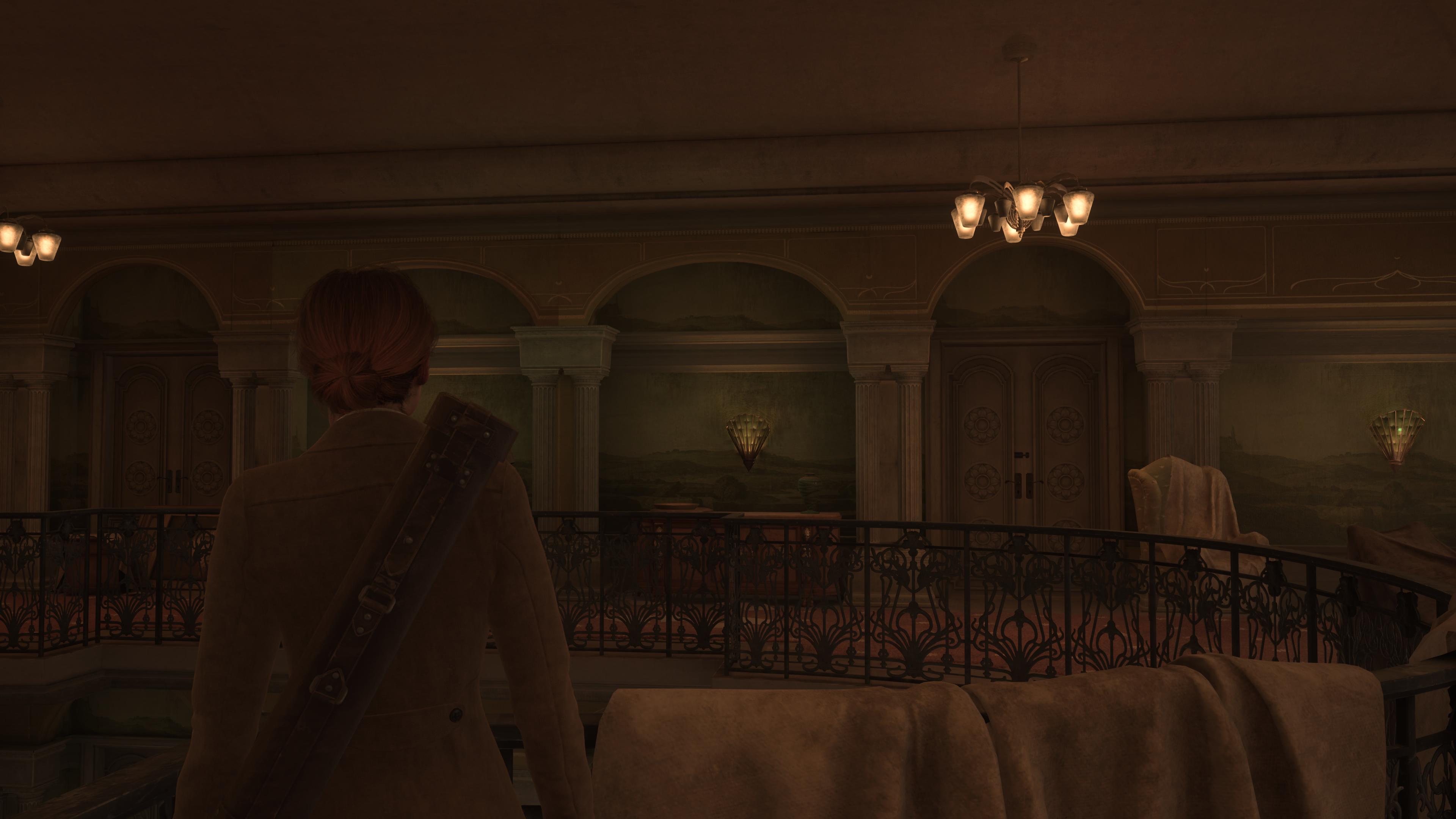
The deeper dives into each character from the 1992 original are welcome, and narrative-wise, they likely could have carried the game without anything extra needing to be thrown in. But hey, what would Alone in the Dark be without a Lovecraftian-inspired cult mystery? 2024’s Alone in the Dark gives you just that, but ultimately suffers for it as it struggles to keep things coherent. It feels like the story is unsure where it wants to go, and who (or what) it wants to focus on most. It doesn’t help that it also mishandles some of the mental health themes key to each character’s arc in the process.
Mental health themes pervade the narrative of Alone in the Dark. While many of these topics make sense given the ties to the 1992 original—which opens after the suicide of Jeremy Hartwood—there are a number of moments in the game that feel like they could’ve been handled better. It’s hard to dig too deep into any of these without spoiling the story. Still, doing my best to be vague, instances like the “solution” to one character’s descent into madness ultimately resorts to a trite method of psychiatric treatment that, while commonly used back in the 1920s, doesn’t feel altogether necessary despite the way this campaign gratuitously exploits the characters involved in that section of the story.
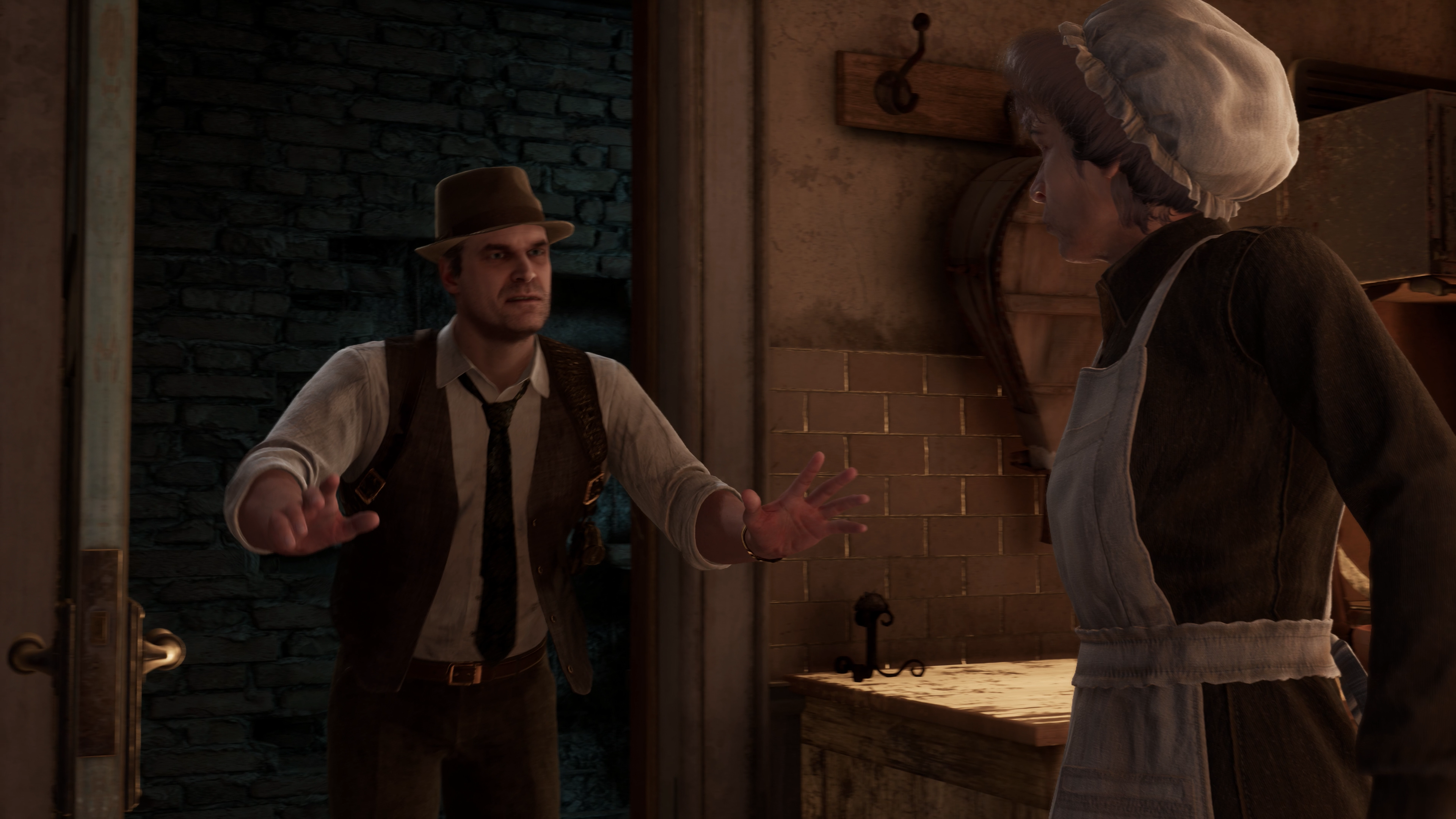
Also Read: ‘Dead Mail’ SXSW 2024 Review: Weird Vibes Abound In Quirky New Thriller
As far as storytelling goes, it’s lazy, a quick way to wrap things up that ultimately fails to properly address the mental health issues propelling the game’s narrative. Personally, I would’ve preferred to see more creative solutions that could have, for example, helped inspire players suffering from their own mental health struggles. Adding to this, the sections with Grace could’ve also been handled with a bit more, well, grace.
Her responses to the campaign’s events are largely delivered with the emphasis and self-awareness of a puppet, rather than an actual person who players are meant to care about. Regardless of her being a fictional child, her character is still just that: a child. Again, being vague and avoiding spoilers, there’s a scene with Grace towards the end of the game that genuinely shocked me and felt wholly unnecessary, given the cast of adult characters available to put in that same position.
It doesn’t help that—especially if you only play Carnby’s campaign—the game doesn’t do much to make you care about the plights of any of the characters populating Derceto’s halls, including Grace, nor does it do much to make you care about the fate of Jeremy in the end. It’s something that feels brushed off, and is immediately overshadowed by a far more exciting Lovecraftian boss fight.
Also Read: ‘Amelia’s Children’ Review: An Uneven Family Affair
On that same note, attempting to pair all of these themes together with the intricate and often complex references to H.P. Lovecraft leads to a feeling of disconnect that makes it hard to get too invested in any of the topics at hand—at first. The amount of time it took to truly grab me is a shame because Alone in the Dark’s pervasive, often context-rich nods to Lovecraft are interesting in and of themselves, especially as the narrative digs deeper into Cthulhu Mythos references like Nyarlathotep and deities like Shub-Niggurath.
Regardless, the time poured into making sure the game felt distinctly Lovecraftian could have been better spent making its characters feel more authentic, instead of using many of them as mindless narrative fodder.

Compared to the ‘92 original, there’s surprisingly less combat in 2024’s Alone in the Dark than one might expect. While it’s set up as a survival horror that balances its action with puzzle-solving and mystery, there are pacing issues present that feel like they could’ve been solved with a few more combat encounters thrown into the mix. It doesn’t help that the combat that is present in this game is clunky and oftentimes comical, particularly when using its varied assortment of melee weapons.
Also Read: ‘Cold Meat’ Review: An Intense and Claustrophobic Affair
To be fair, the game’s awkward melee animation feels like an intentional choice given some of the silly items you’re able to use to whack enemies with, such as a candlestick or a boat oar. What ultimately makes the game’s melee system feel frustrating is the way in which it limits you to holding one melee weapon at a time, with these also being beholden to durability, meaning they often break after one combat encounter.
A welcome caveat to this is that, at the very least, Alone in the Dark’s scant few guns feel good to use. It would’ve been nice to have been able to hold two melee weapons to switch between seeing as you’re able to hold multiple guns, and these guns (especially the Shotgun and Thompson-style machine gun reminiscent of Alone in the Dark 2) are able to blast through foes like tissue paper while providing satisfying controller feedback.
The game attempts to mitigate this with slow reload speeds and limited space for ammo, but as with the melee weapon situation, it trivializes most of its moments of “horror” with bullets and healing items that are too often easy to find. As are the scores of conveniently located Molotov cocktails which you’re able to pick up and toss at nearby enemies, requiring you to spare only a single bullet to ignite them, mitigating any threat they might pose within seconds of spotting them.
Also Read: ‘Sheep’s Clothing’ Review: Gripping and Brutally Human Religious Horror
When playing in the standard difficult setting, combat felt far too easy to engage properly, with only a few melee smacks or shots needed to deal with most enemies. I eventually ended up switching over to the hardest difficulty setting to add more challenge to its poorly-balanced combat encounters, but despite that adjustment, combat in the game rarely engaged me. Even its stealth areas felt frivolous. Why would I sneak past an enemy that takes me a few seconds to shoot through?
The only level that felt truly challenging was one that appeared later on in the campaign, set on a boat with swarms of spider-like enemies crawling around everywhere, dealing absurdly high damage and depleting my ammo like an army of little bullet sponges. Something else that surprised me was how little there was in the way of boss fights, especially towards the end of the game. None of the fights that are present are intelligently designed, either. One was so easy as to be finished with a few well-placed shots to the boss’s head, and another was oversimplified by the battle area including far too many uninterrupted opportunities to stock back up on ammo and health.
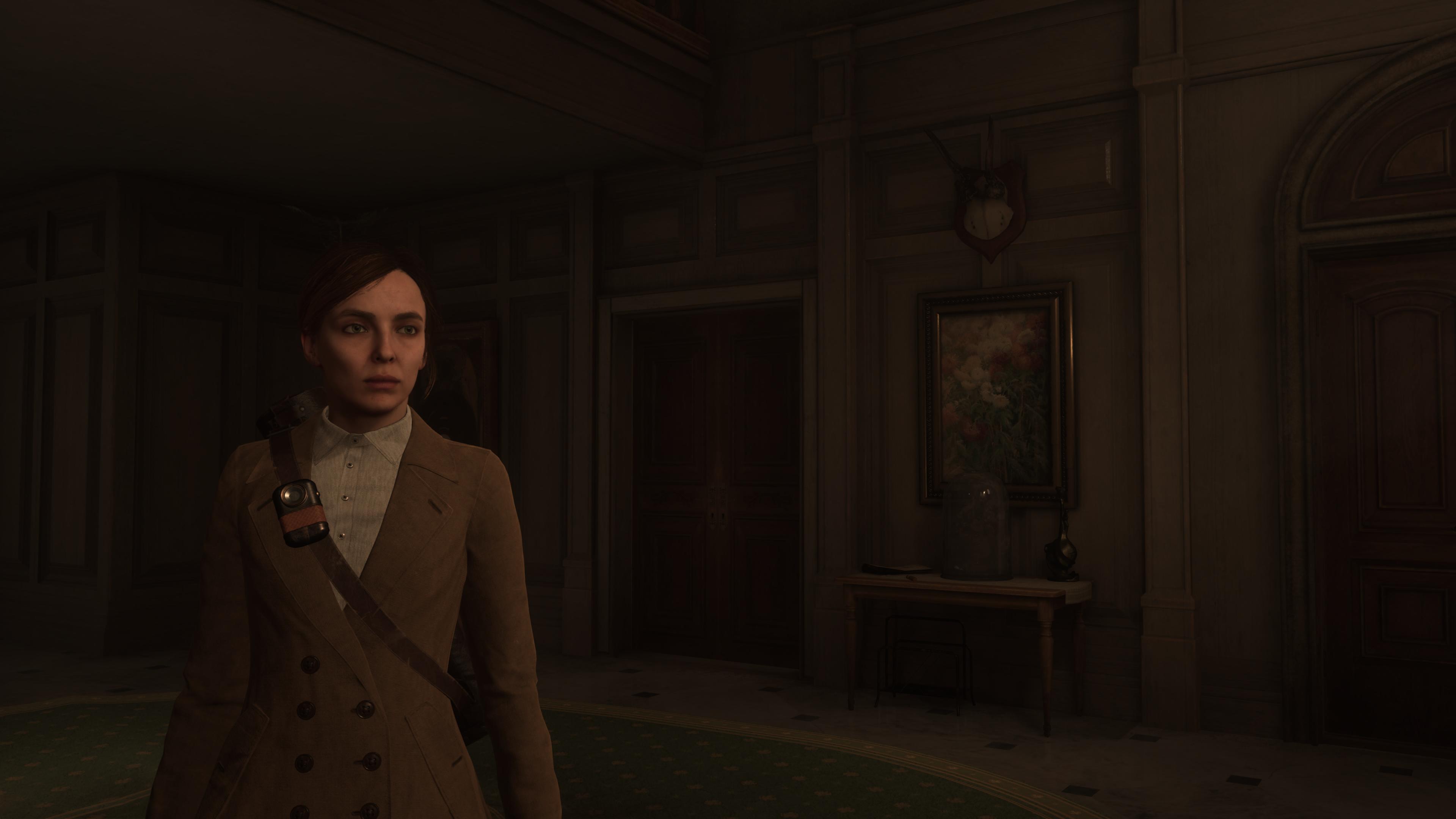
Stocking up on supplies and searching for collectible Lagniappes does well to complement your exploration of each area, though, as do the puzzle-solving elements present which follow the standard “collect this item to unlock this area” routine. Most of the time, you’re searching for keys to open rooms, or 1-2 pieces of a puzzle in order to complete it. Easy as many of these are, the puzzles are a highlight and encourage you to dig deeper into the objective items that you collect.
Also Read: ‘Arcadian’ SXSW 2024 Review: A Deeply Satisfying Creature Feature
For example, needing to read through a character’s note or file in order to uncover the numbers needed for one of the main puzzle items—a Talisman with three rotatable spheres. To make backtracking on these less of a hassle, the game’s map shows you the rooms you’ve explored and completed in addition to puzzle locations, including an indication of whether that puzzle is currently solvable. Unfortunately, this map is only useful while you’re in Derceto. Whenever the game whisks you away to a new location, your map becomes useless. It would’ve been nice to have been able to collect additional maps for these other locations, but at the same time, a map isn’t nearly as important in those areas as it is within the labyrinthine Derceto Manor.
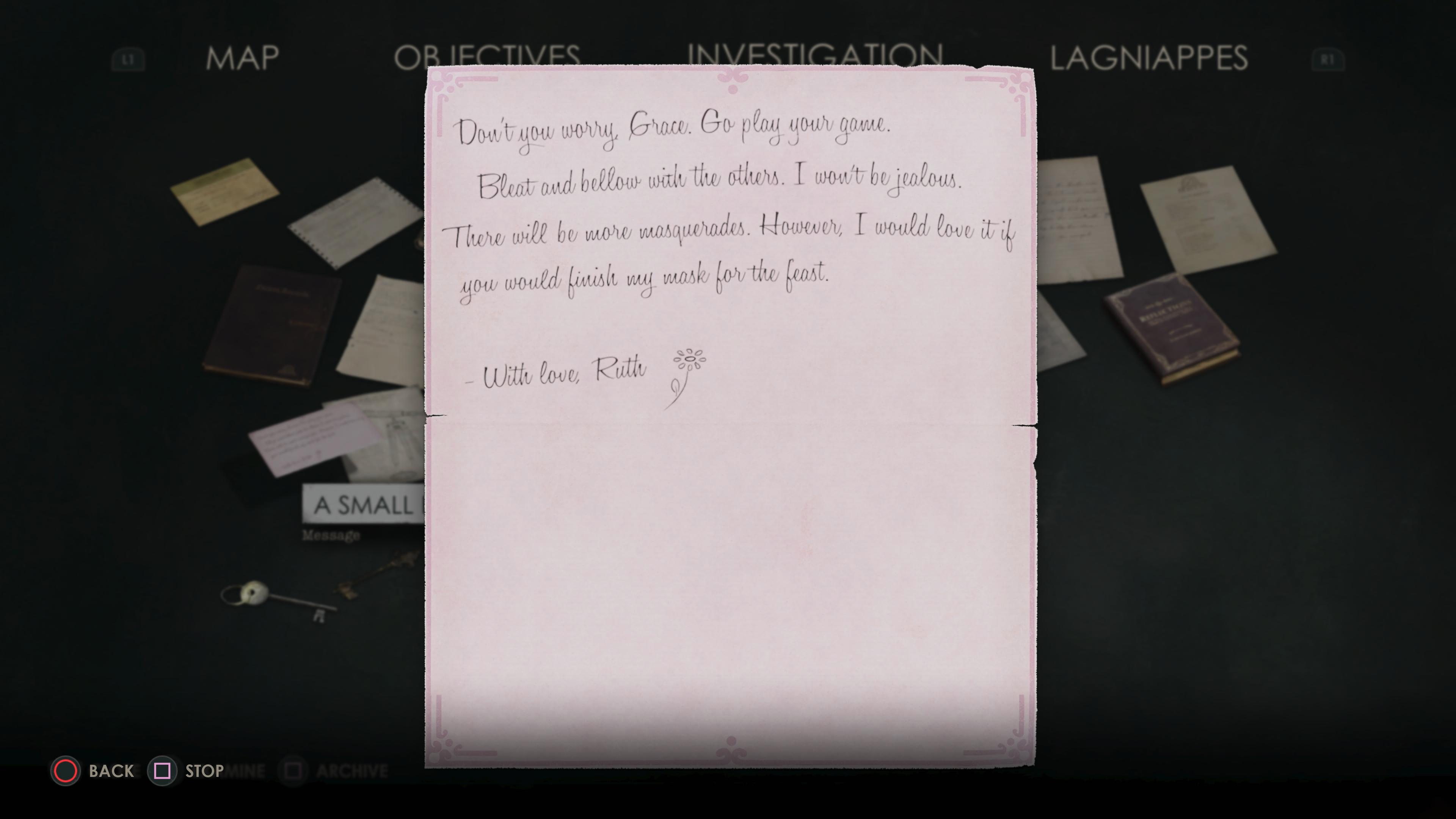
While exploration in 2024’s Alone in the Dark is a fairly clean experience as a whole, I experienced a few bugs and glitches. None that detracted much from my enjoyment of the game, but they are worth mentioning regardless. For example, in the aforementioned spider-filled boat level, there were instances where enemies would clip into the walls and get stuck. On a different level, there was a moment when I accidentally shut a door to a bus that I needed to get inside in order to progress forward, forcing me to restart the level.
Also Read: ‘Azrael’ SXSW 2024 Review: An Accomplished Silent Horror Experiment
My bad on the latter, but it would’ve been nice if the game didn’t allow me to shut that door on myself, using the same button needed to pick up items. It’s easy to see that button prompt and think, “Oh nice, more ammo,” when in reality, it’s something that triggers the door to shut and, if you’re on the wrong side, locks you out in the process. While we’re on the subject of doors, it’s a minor nitpick, but I would’ve appreciated the game not closing every single door I opened behind me within a few seconds of me entering or exiting a room. In some cases, this makes sense and adds tension, but most of the time, it’s nothing more than an immersion-breaking nuisance.
2024’s Alone in the Dark is closer to the original in quality and subject matter than most of the other entries in the series. It returns players back to a masterfully reimagined and hauntingly atmospheric Derceto Manor, competently explores classic characters like Edward Carnby and Emily Hartwood while expanding upon their backstory, and presents some solid mysteries and puzzle-solving elements throughout. While it has less than stellar combat and a painfully convoluted story that often mishandles its mental health themes, it’s still one that’s well worth checking out. Particularly for long-time fans of the series who’ve been hungrily waiting for the curse of mediocre Alone in the Dark titles to be lifted. 2024’s Alone in the Dark isn’t perfect, but it’s certainly a great step in the right direction.
-
Alone In The Dark
Summary
While Alone In The Dark doesn’t quite reach its full potential, it’s still one that’s well worth checking out. Particularly for long-time fans of the series who’ve been hungrily waiting for the curse of mediocre Alone in the Dark titles to be lifted.
Categorized:Reviews
